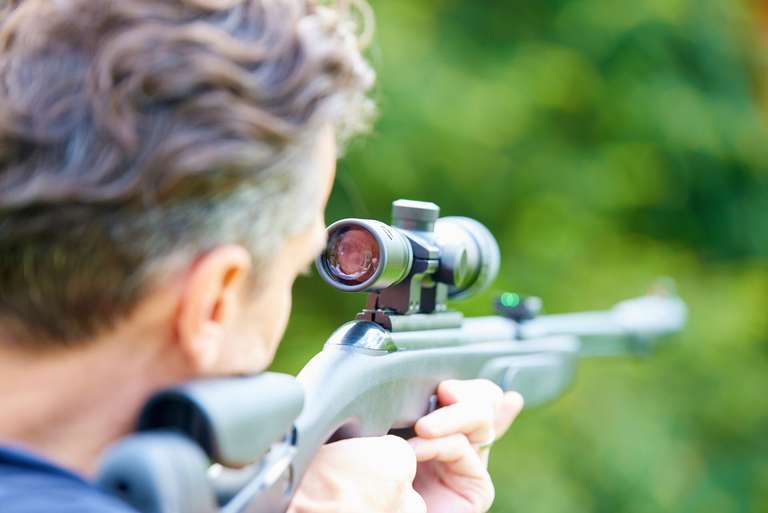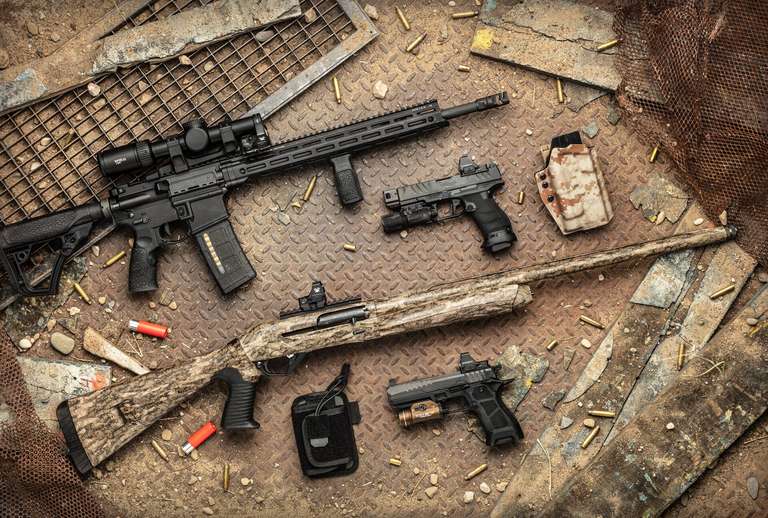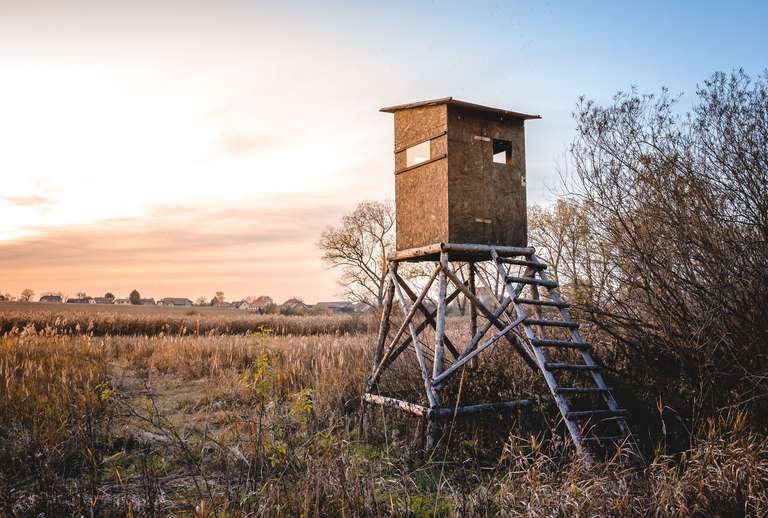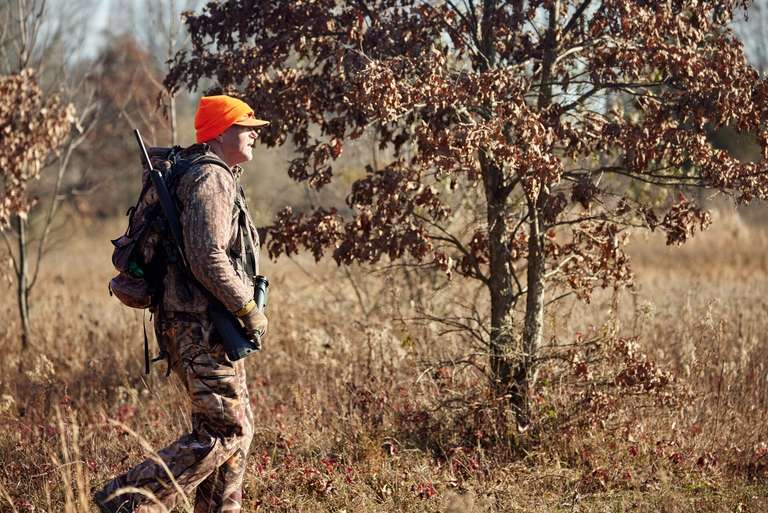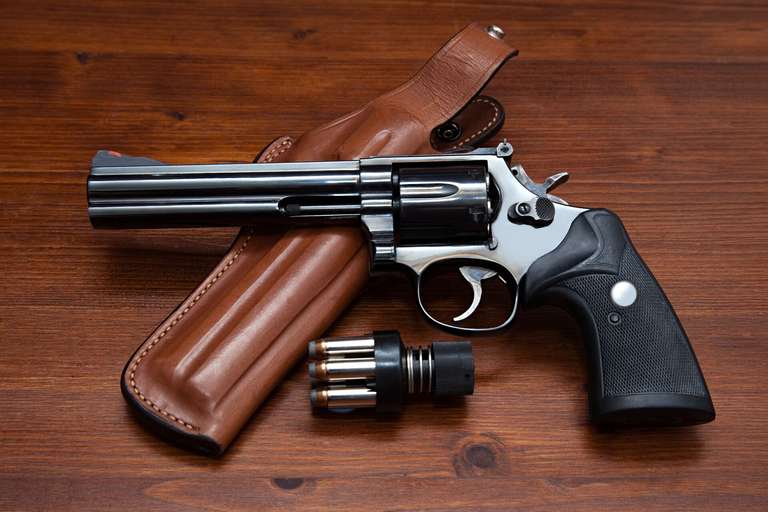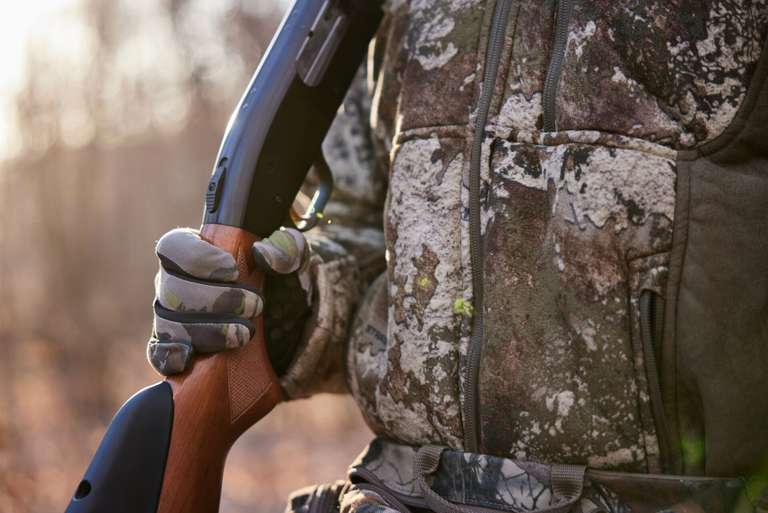Shotgun Know-How: What is a Shotstring?
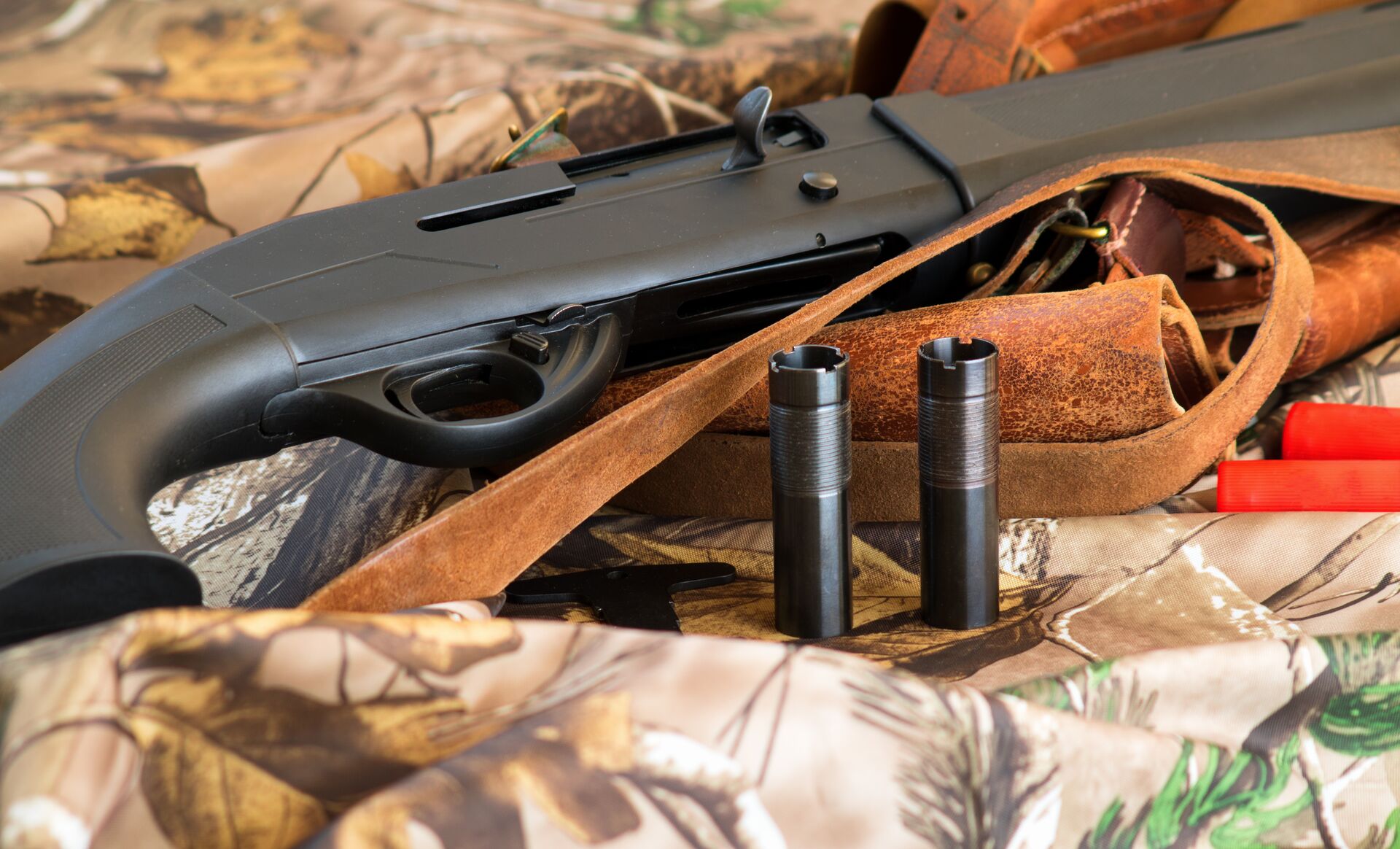
For anyone passionate about shotgun hunting, figuring out the concept of a shotstring is part of the learning process. Knowing how it works improves your shooting accuracy and makes it easier to hunt a wide variety of game with a shotgun.
Today we answer the question, "What is a shotstring?" We'll talk about the components and why they matter when hunting. Then, we'll offer practical tips to help you master the art of the shotgun for more hunting safety and success.
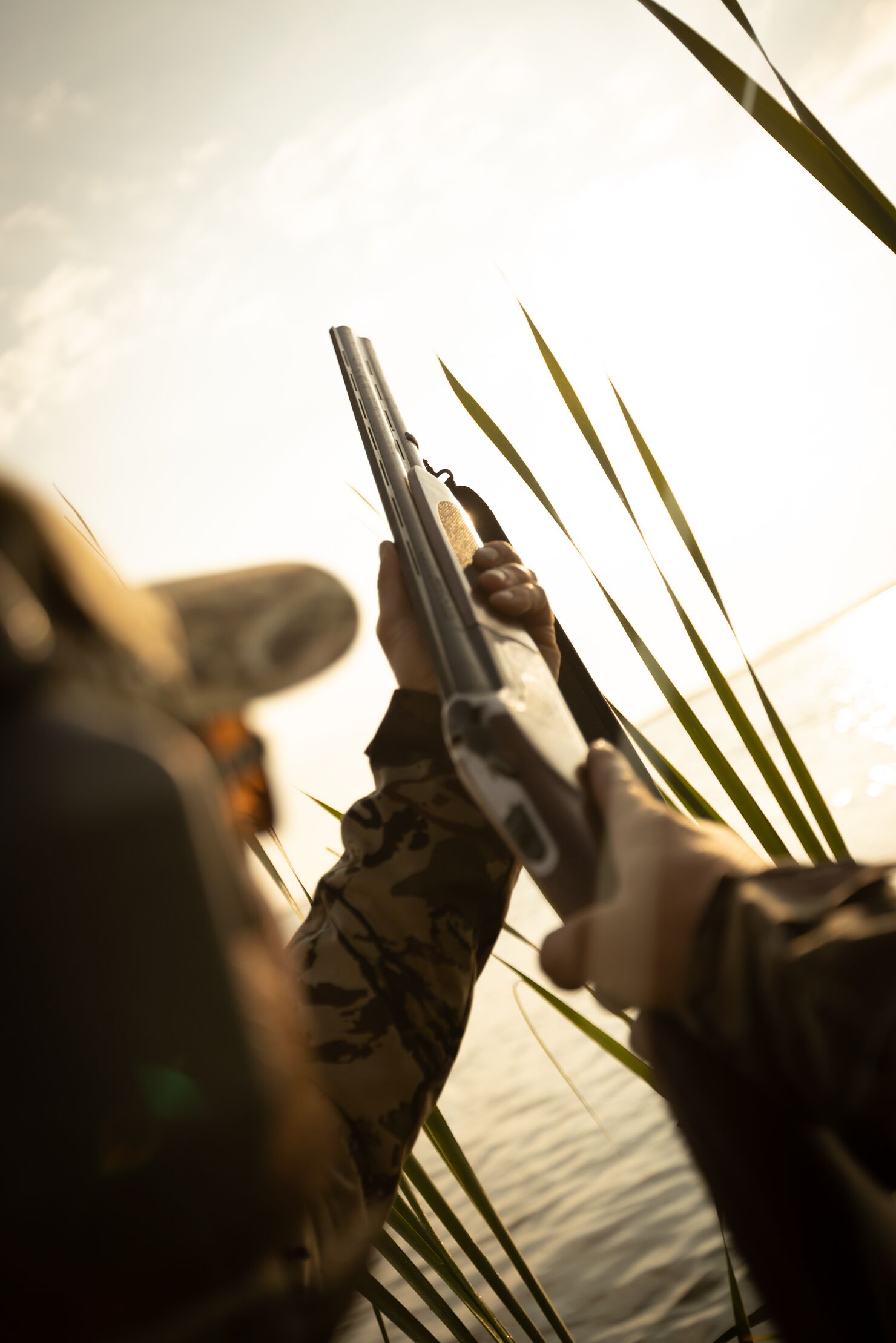
What is a Shotstring?
A shotstring is a shotgun's three-dimensional spread of pellets.
A rifle bullet travels in a straight line, but a shotgun shell releases multiple pellets that spread out as they move toward the target. This spreading pattern, known as a shotstring, is the main reason shotguns are capable of hitting moving targets effectively.
The Components of a Shotstring
To fully understand a shotstring, let's look at its main components:
- Length: This is the distance between the first and last pellet in the shotstring. At longer ranges, the shotstring can extend several feet.
- Width: This refers to the horizontal spread of the pellets, determined by the shotgun's choke.
- Height: The vertical spread of pellets contributes to the shot's overall area of effect, determining how well the shotstring covers the target area.
Next, we'll talk about why the pellets go where they go.
The Formation and Dynamics of a Shotstring
When you discharge a shotgun, the pellets exit the barrel and disperse, forming a cloud-like pattern. This pattern isn't uniform because the speed of each pellet varies slightly.
Several factors impact the characteristics of a shotstring:
- Pellet Size and Shape: Larger or irregularly shaped pellets spread differently than smaller, more uniform ones.
- Initial Velocity: The speed at which the pellets leave the barrel affects the shotstring's length and spread.
- Environmental Conditions: Wind, humidity, and other factors can influence the shotstring's formation.
By understanding the components and dynamics of shotstrings, hunters can better predict how their shots will behave, improving their accuracy and effectiveness in the field.
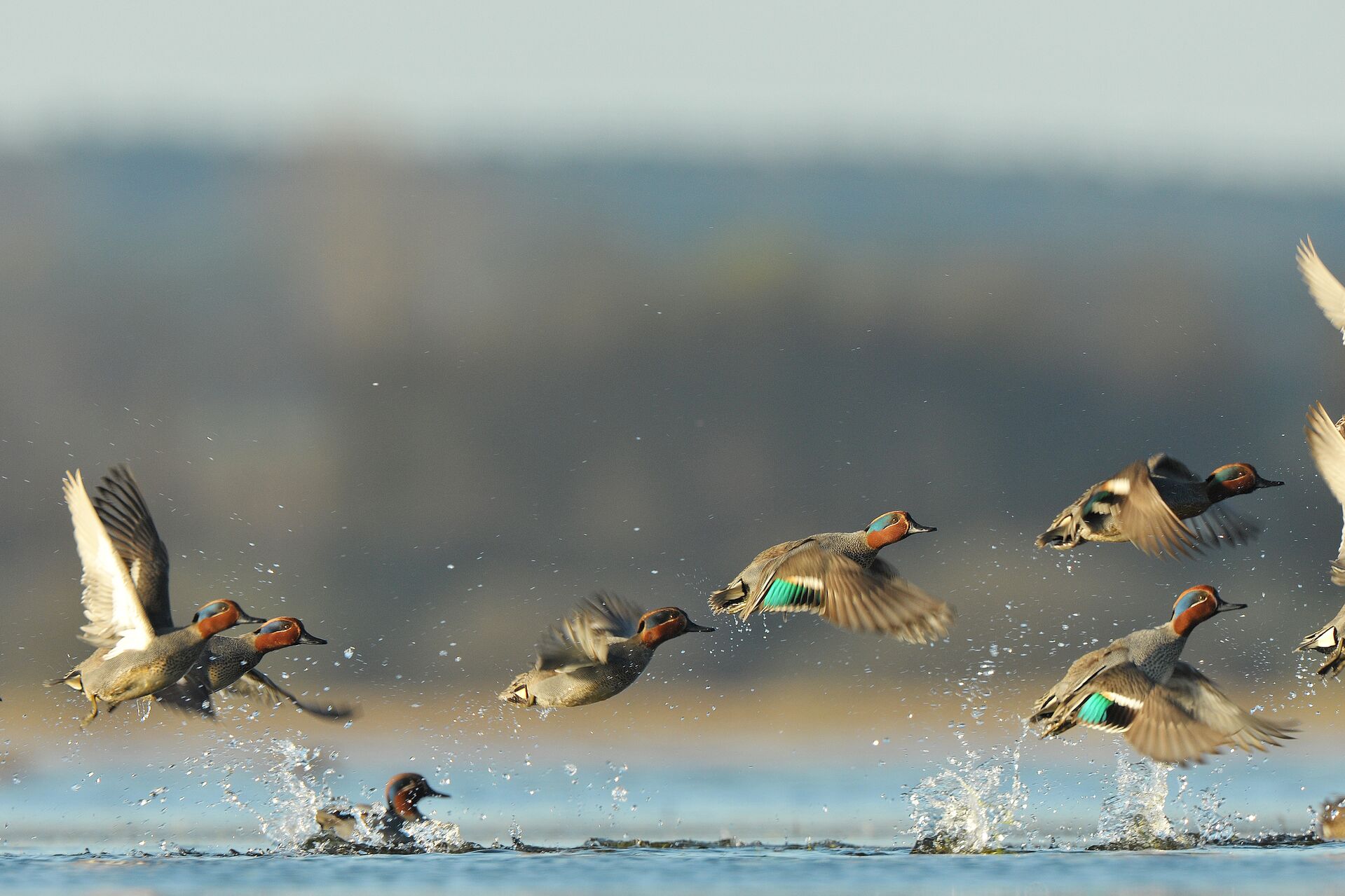
The Importance of Understanding Shotstrings When Hunting
Hunters need to have every available edge, especially when targeting moving game like birds.
Here's why understanding shotstrings matter:
- Predicting Impact Patterns: Knowing how your shotstring spreads helps you anticipate where your pellets will hit, which is crucial for accurately targeting moving game.
- Ethical Hunting: A well-formed shotstring ensures a clean and humane kill by increasing the chances of hitting vital areas. The goal is to reduce the risk of wounded animals with more ethical kills.
- Shotgun Adjustment: Hunters can adjust the shotstring with different chokes for different hunting scenarios. For instance, a tighter choke might be better for distant targets, while a more open choke works well for closer shots.
During one of my first dove hunts, I learned firsthand the importance of understanding shotstrings. I had difficulty hitting the fast-moving birds that first time out, shooting only one of the twelve I aimed at.
After patterning my shotgun and practicing with the right choke, I noticed a significant improvement in accuracy, and I now do pretty well at dove and skeet shoots.
This hands-on experience reinforced the importance of knowing how a shotstring behaves and how crucial it is to practice and adjust based on real-world conditions. Additionally, the hunter safety course I took gave me the knowledge that made these adjustments possible, giving me a better chance in the field.
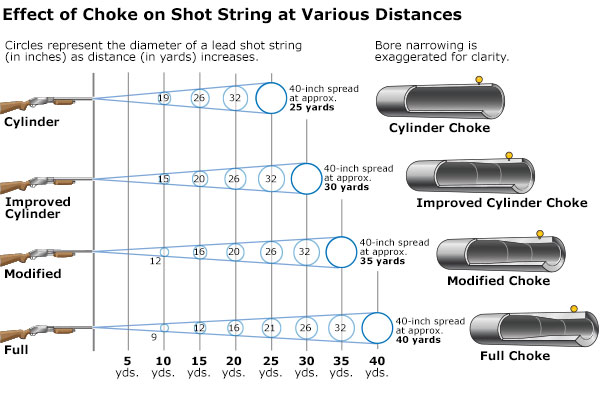
How Does a Choke Impact the Shotstring?
The choke of your shotgun plays a significant role in shaping the shotstring. Here's a breakdown:
- Open Chokes: These produce a wider shot spread with a shorter shotstring, making them ideal for small targets. The widespread increases your chance of hitting fast games at short distances.
- Tighter Chokes: Full and extra-full chokes create a narrower shot spread and a longer shotstring, which is beneficial for hitting larger targets. The concentrated pattern ensures that more pellets hit the target, increasing the chance of a successful shot.
Hunters must select the appropriate choke based on the type of game they are hunting and the expected shooting distance. Understanding how different chokes affect the shotstring allows for better preparation and accuracy in various hunting situations.
The Impact of Ammunition on Shotstrings
The type of ammunition you choose significantly affects your shotstring.
Here's how different loads influence your shooting:
- Birdshot: Ideal for small game like birds and squirrels, birdshot pellets are smaller and create a broad pattern. Birdshot has a wider pattern, which increases the chances of hitting moving targets.
- Buckshot: Heavier and larger than birdshot, buckshot pellets form tighter patterns and longer shotstrings. Buckshot is suitable for large game, providing more impact and penetration at longer distances.
- Specialty Loads: Different loads, such as slugs or turkey loads, produce unique shotstrings. Patterning turkey loads and understanding how each one performs in your shotgun is the only way to succeed in the field.
To learn how the shotstring looks for different loads, practice with each type.
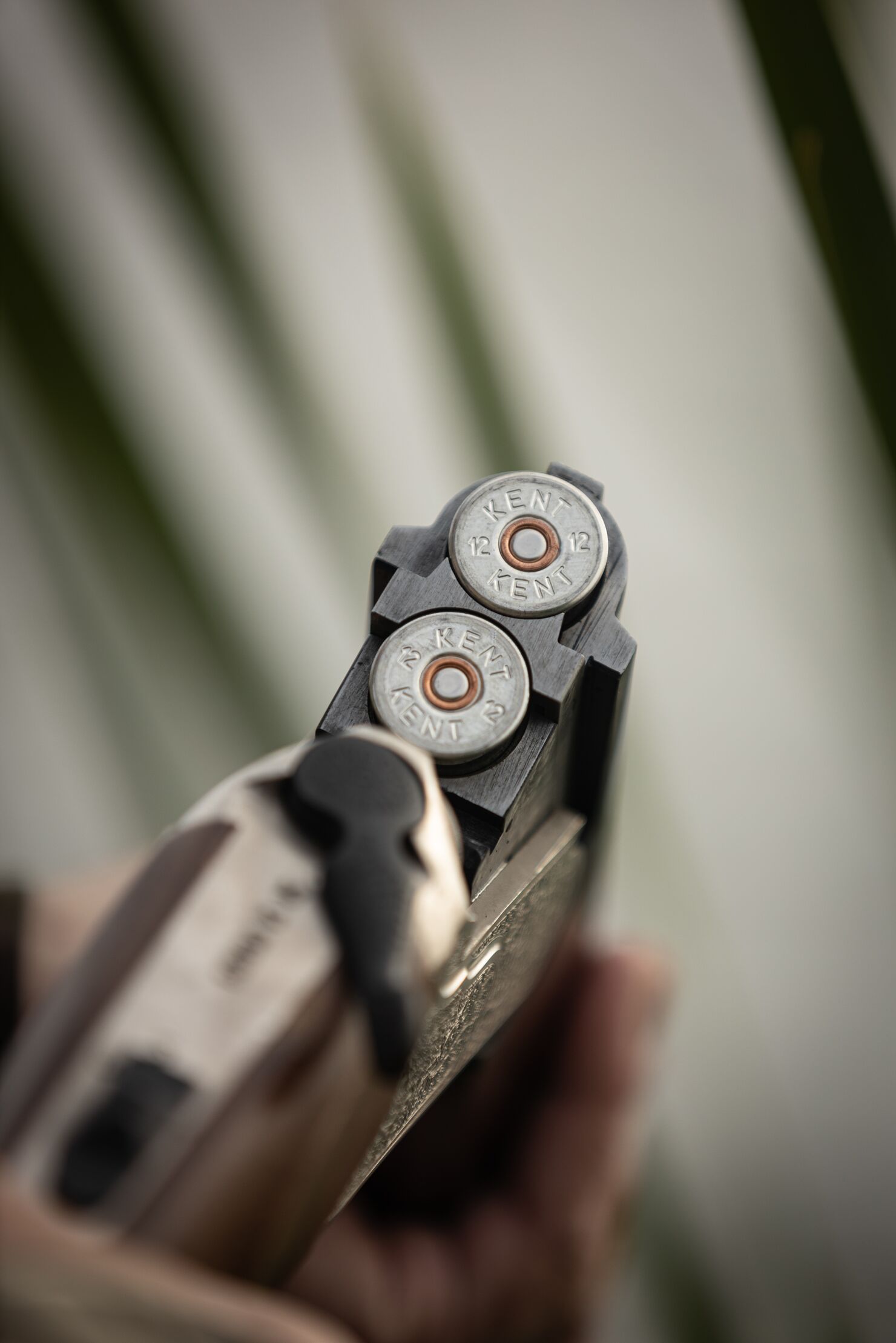
3 Practical Tips for Hunters for Effective Shots
To maximize your effectiveness with a shotgun, consider these practical tips.
1. Pattern Your Shotgun
Testing different loads and chokes on paper targets helps you understand how your shotstring behaves. This is the only way to know what to expect in the field.
2. Practice Shooting at Varying Distances
By practicing at different ranges, you'll get a feel for how your shotstring changes with distance. Trial and error is the best way to improve this skill.
3. Use Shotstring Knowledge to Improve Your Accuracy
Understanding your shotstring helps you adjust your aim, especially for moving targets. This is vital for successful, safe, and ethical hunting.
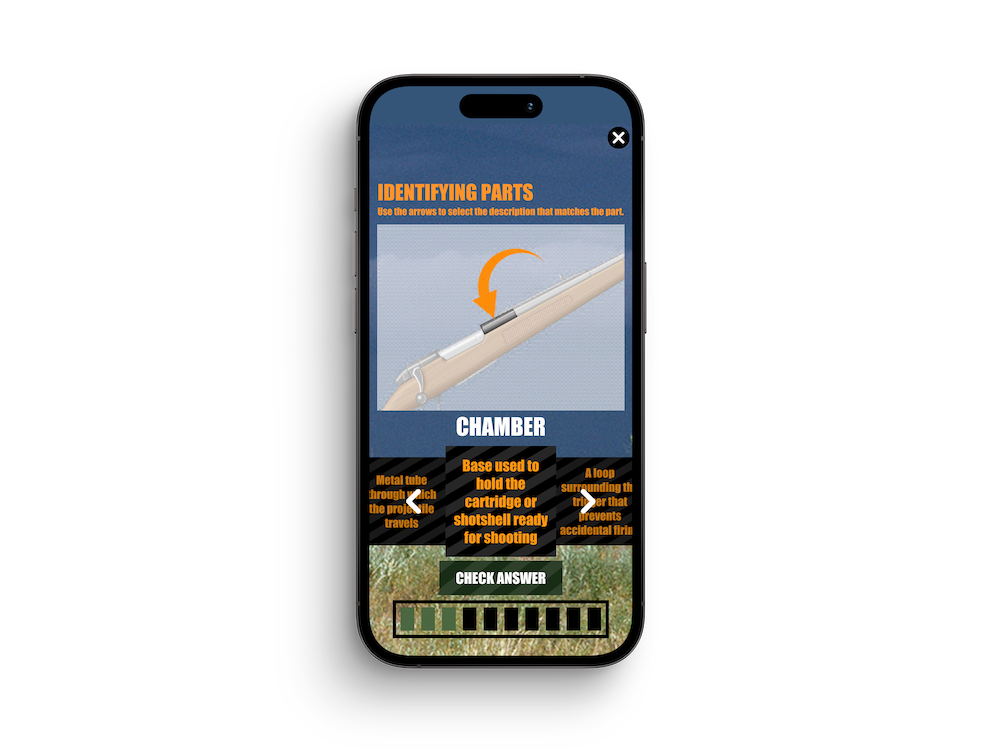
Learn More About Firearms, Safety, and Skills with a Hunter Education Course
Understanding shotstrings is a small aspect of becoming a proficient and ethical hunter. There's much more to learn!
So, before walking out for your first hunt, we strongly recommend a hunter safety course through ilearntohunt. Our online courses use a gamified format to provide comprehensive education on hunting techniques, safety protocols, and ethical hunting practices, ensuring you are ready for whatever the hunt throws at you.
Completing a hunter safety course will give you the confidence and skills you need to make your hunting experiences safer and more successful. So, before your next hunt, find the course for your state and start learning!

